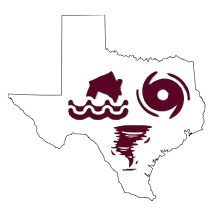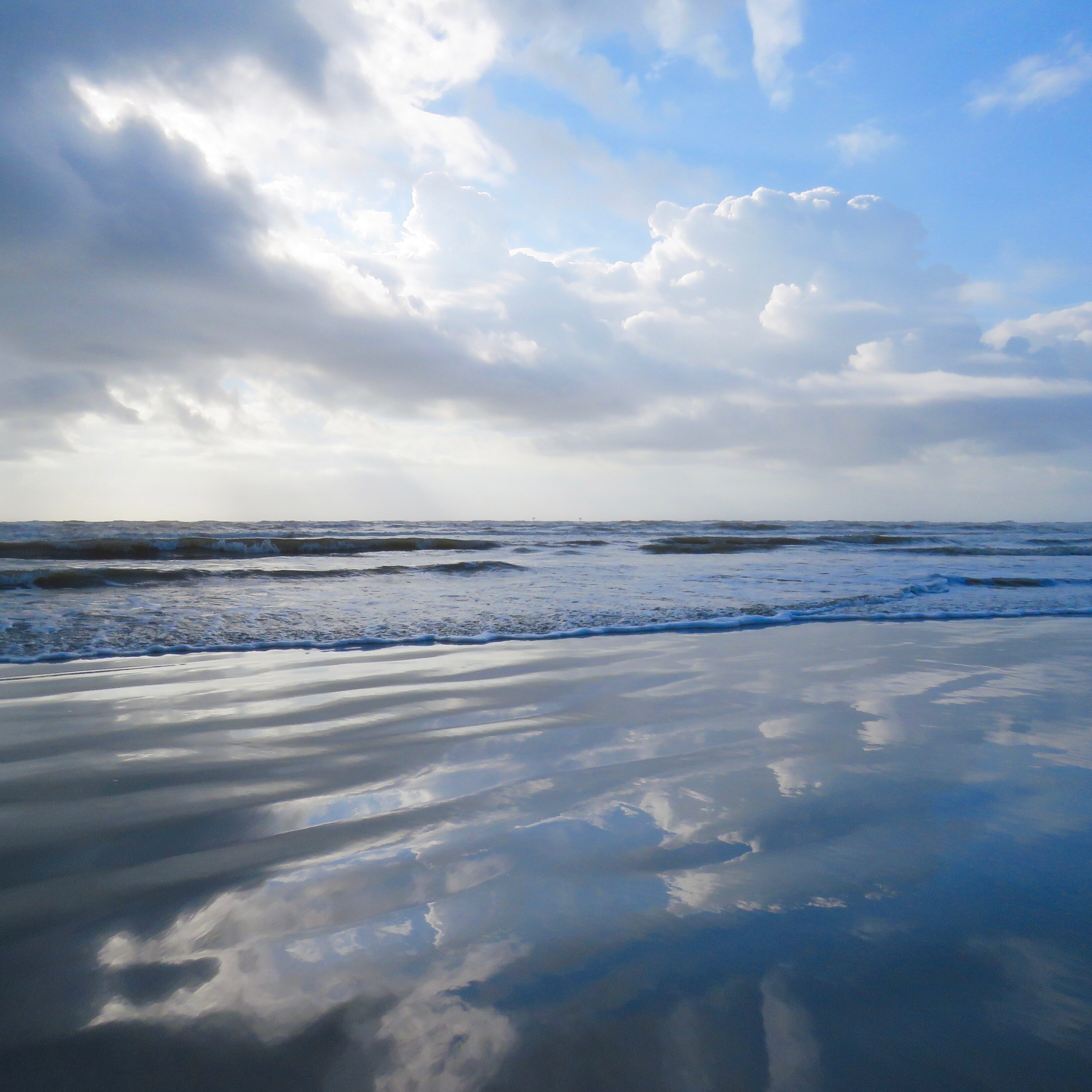Coastal Natural Hazards:
An Overview for Homeowners
With 367 miles of Gulf shoreline and more than 3,300 miles of bay shoreline, Texas has one of the longest coastlines along with one of the highest erosion rates in the nation. The Texas Gulf shoreline is a diverse coast consisting of a system of six barrier islands (Galveston, Follett’s, Matagorda, San Jose, Mustang, and Padre) and two peninsulas (Bolivar and Matagorda).
In Texas, many different types of coastal natural hazards can occur, such as high winds, flooding, tornadoes, subsidence, coastal erosion, and relative sea-level rise. Preparing for the larger events (hurricanes and flooding) will also better prepare you for the smaller, more frequent events such as tropical storms, high tides, and coastal erosion. This handbook is not intended to go into detail on all events, but to provide only basic information that may play a role in how you as a homeowner may prepare for these hazards.
Hurricane Formation
Wind and the Saffir-Simpson Scale
Storm Surge
Rainfall
Coastal Flooding
Flash Floods
Flood Zone Definitions



